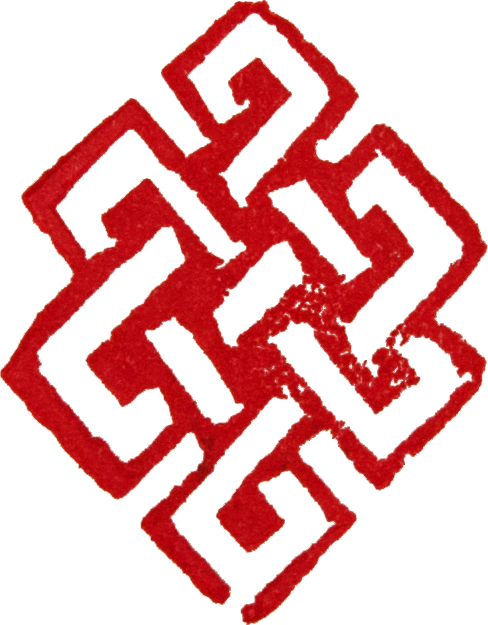-
Xuanzang 玄奘
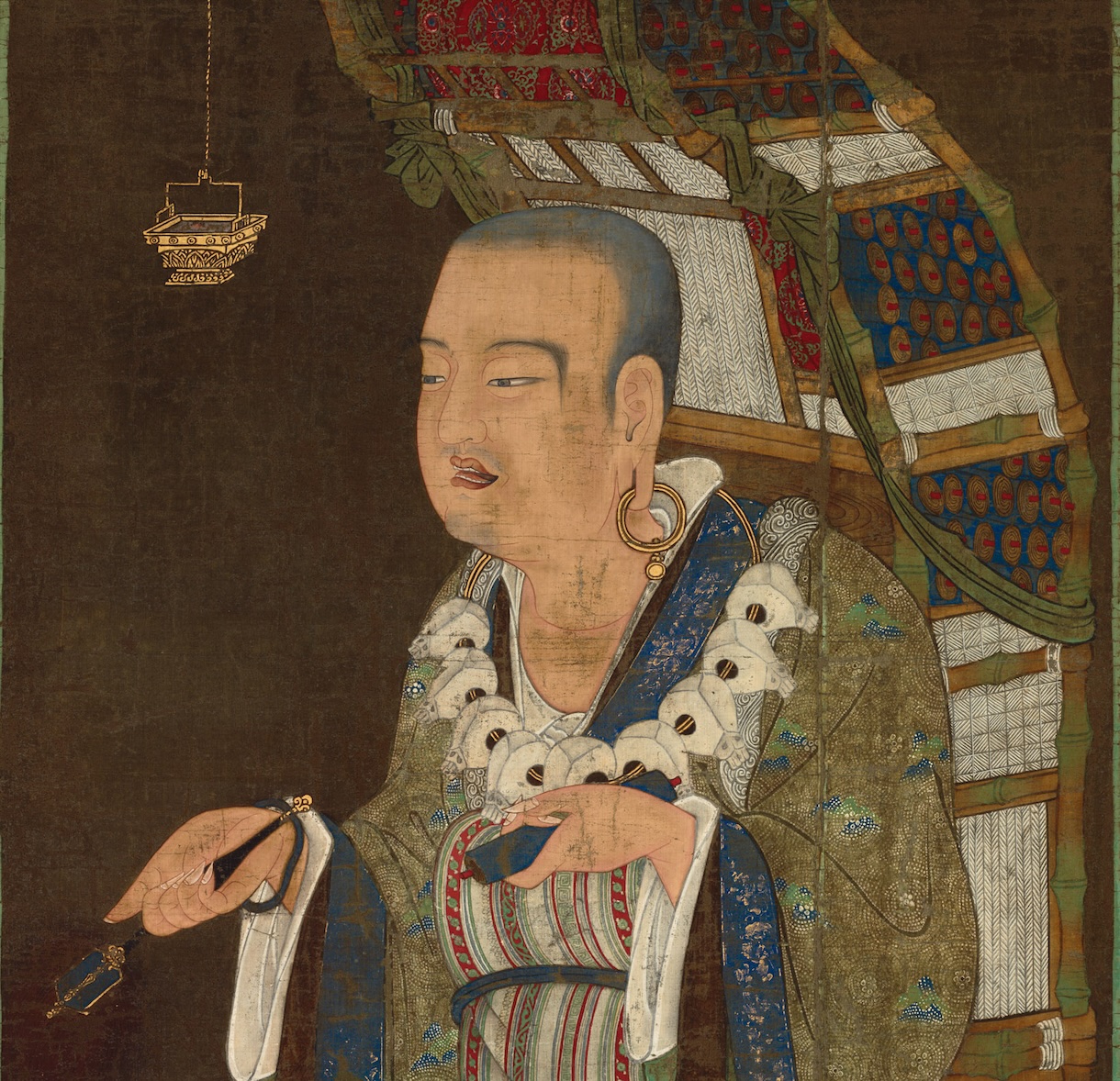
Xuanzang: 602 – 664 CE was an enourmously influential Chinese Buddhist monk, traveler, scholar and translator. From Wikipedia: https://en.wikipedia.org/wiki/Xuanzang Xuanzang (Chinese: 玄奘; Wade–Giles: Hsüen Tsang; [ɕɥɛ̌n.tsâŋ]; 6 April 602 – 5 February 664), born Chen Hui or Chen Yi (陳褘 / 陳禕), also known by his Sanskrit Dharma name Mokṣadeva,[1] was a 7th-century Chinese Buddhist monk, scholar,…
-
Vajracchedikā Prajñāpāramitā Sūtra – Diamond Sutra
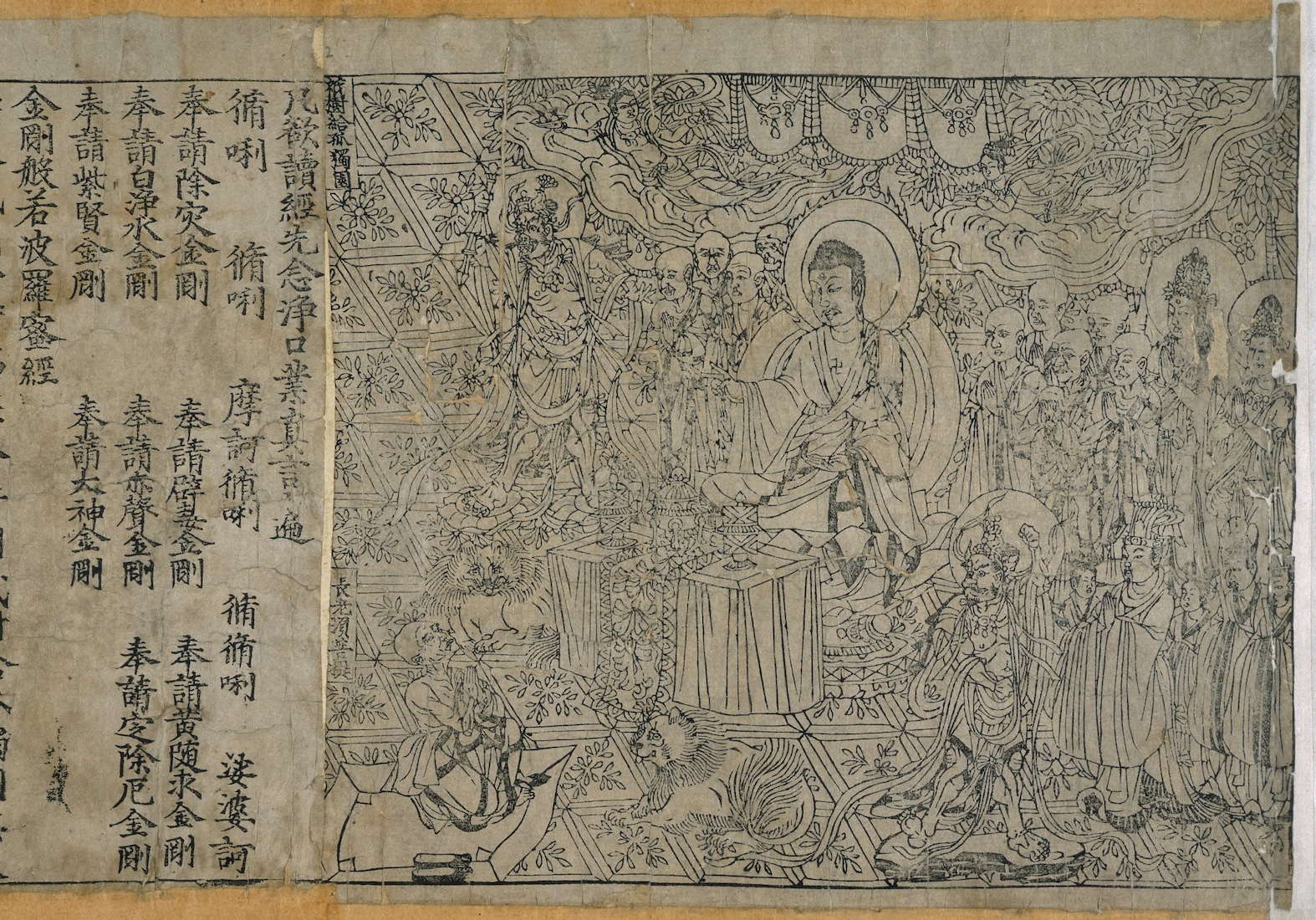
2nd-5th century CE, exact date unknown. First Chinese Translation 5th century CE. “The Diamond That cuts through illusion” or the Vajra Cutter Perfection of Wisdom Sūtra” (Vajra – thunderbolt, diamond, adamantine weapon). This is a key Mahāyāna Sutra from the Prajñāpāramitā family of texts. Very popular in Chinese tradition as: 金剛般若波羅蜜多經, Jīngāng Bōrě-bōluómìduō Jīng; shortened…
-
Thich Nhat Hanh – Mahayana sutra commentaries
One of the great gifts I feel that I receive from Thich Nhat Hanh is a revival of my interest in teachings from the Pali canon – exemplified in e.g. “Old Path White Clouds” – one of my favourite books from Thay. Lately however I am discovering some gems: Thay’s commentaries on Mahayana Sutras. 1:…
-
Book: “Understanding Our Mind” – Thich Nhat Hanh
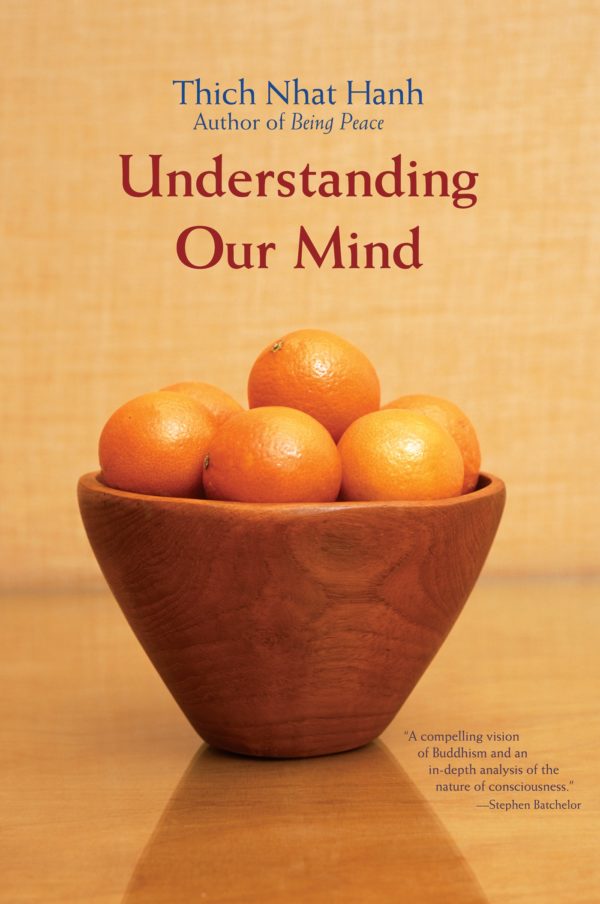
After “Old Path white Clouds” – This is possibly my favourite book of Thays. I feel through these versus a connection with Vasubandhu, 21st patriarch of Chan, to who’s Thirty and Twenty verses this book form a sort of commentary and reply from one of the 21st Century’s foremost yogacara practitioners and philosophers. This book…
-
Vasubandhu
Gandharan monk and yogacara philosopher Vasubandhu as zen patriarch in a chinese illustration. From www.goldsummitmonastery.org/patriarch21.shtml From wikipedia: Vasubandhu (traditional Chinese: 世親; ; pinyin: Shìqīn; Tibetan: དབྱིག་གཉེན་ Wylie: dbyig gnyen; fl. 4th to 5th century CE) was an influential Indian Buddhist monk and scholar.[1] He was a philosopher who wrote commentary on the Abhidharma, from the…
-
Yogacarabhumiśastra – Maitreya/Asanga
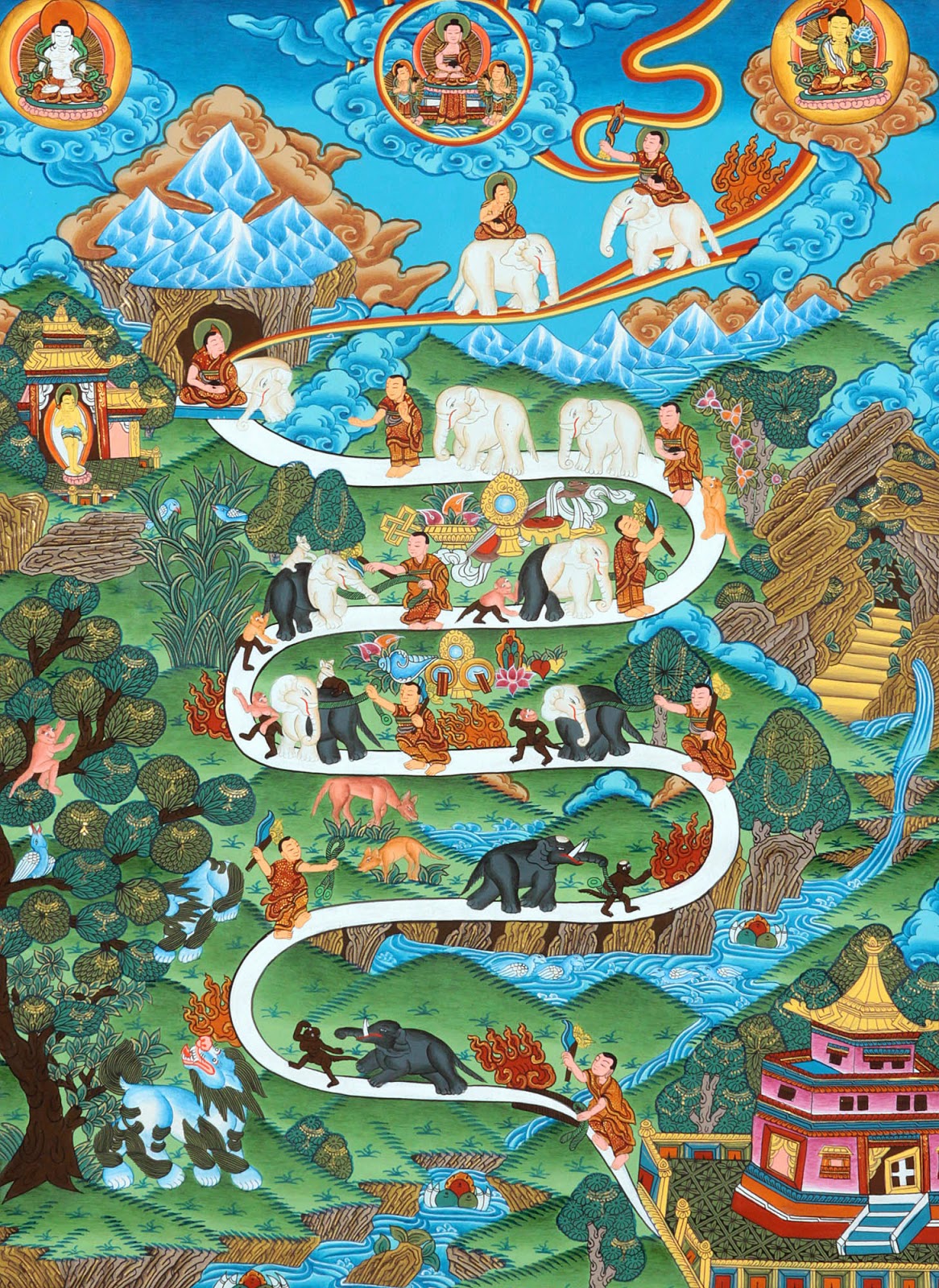
~ 400 CE. Attributed to Asanga (300-350 BCE) and/or Maitreya From Wikipedia: The Yogācārabhūmi is generally associated with the Indian Yogācāra school because it contains certain unique Yogācāra doctrines, like the eight consciousnesses and the ālaya-vijñāna (storehouse or foundational consciousness). According to Ulrich Timme Kragh, “its overall objective seems to be to present a coherent…
-
Vimalakirti-nirdesa sutra
From wikipedia: https://en.wikipedia.org/wiki/Vimalakirti_Sutra The Vimalakīrti Nirdeśa (Devanagari: विमलकीर्तिनिर्देश) (sometimes referred to as the Vimalakīrti Sūtra or Vimalakīrti Nirdeśa Sūtra) is a Buddhist text which centers on a lay Buddhist meditator who attained a very high degree of enlightenment considered by some second only to the Buddha’s. It was extremely influential in East Asia, but most…
-
Yogacarabhumiśastra Śravakabhumi -in Sanskrit
Link to transliterated Sanskrit version of Śravakabhumi from the Yogacarabhumiśastra – Maitreya/Asanga https://suttacentral.net/sbh/san/shukla?lang=en&reference=none&highlight=false
-
Abstract – Colour
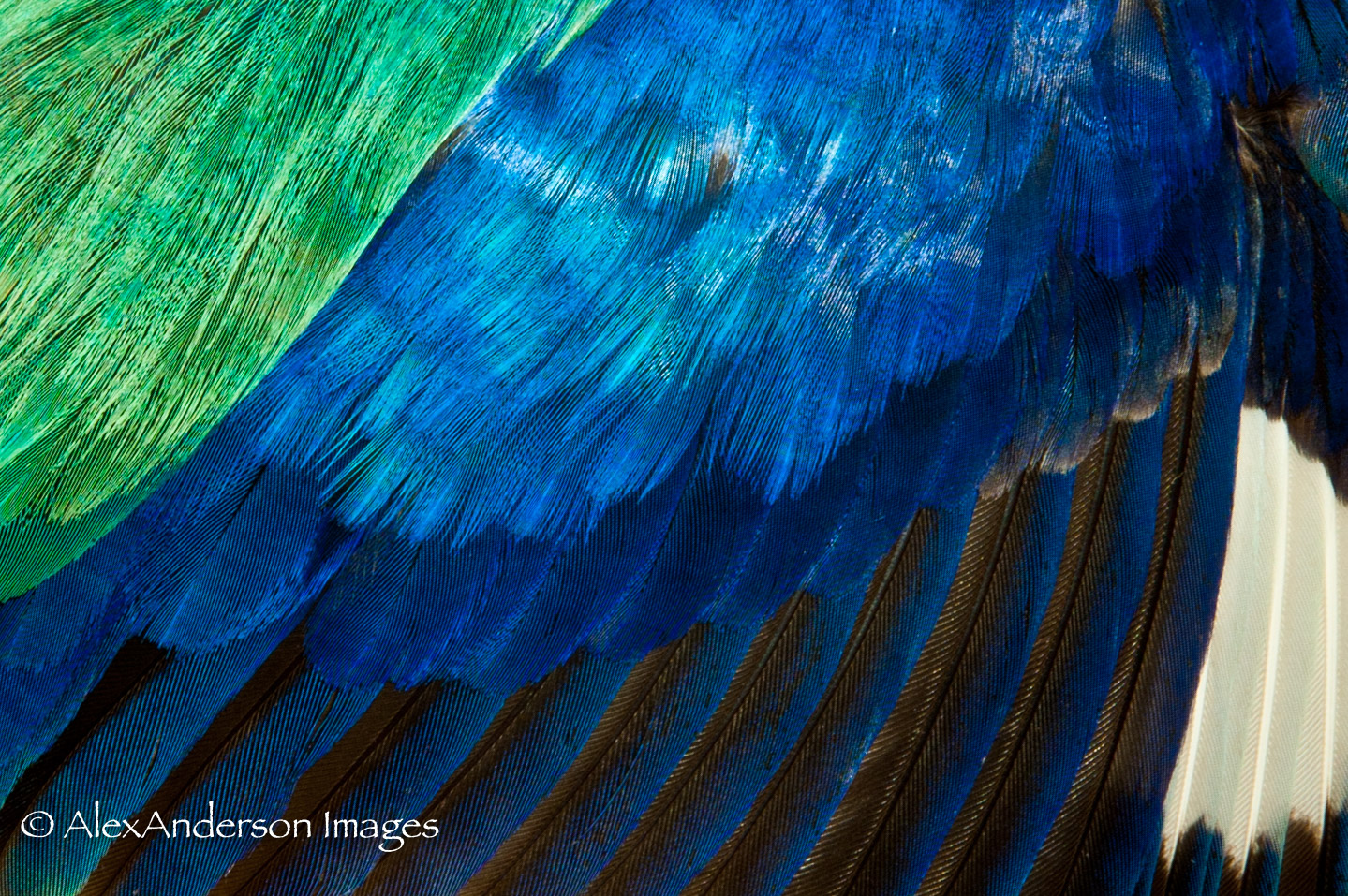
-
Nepal
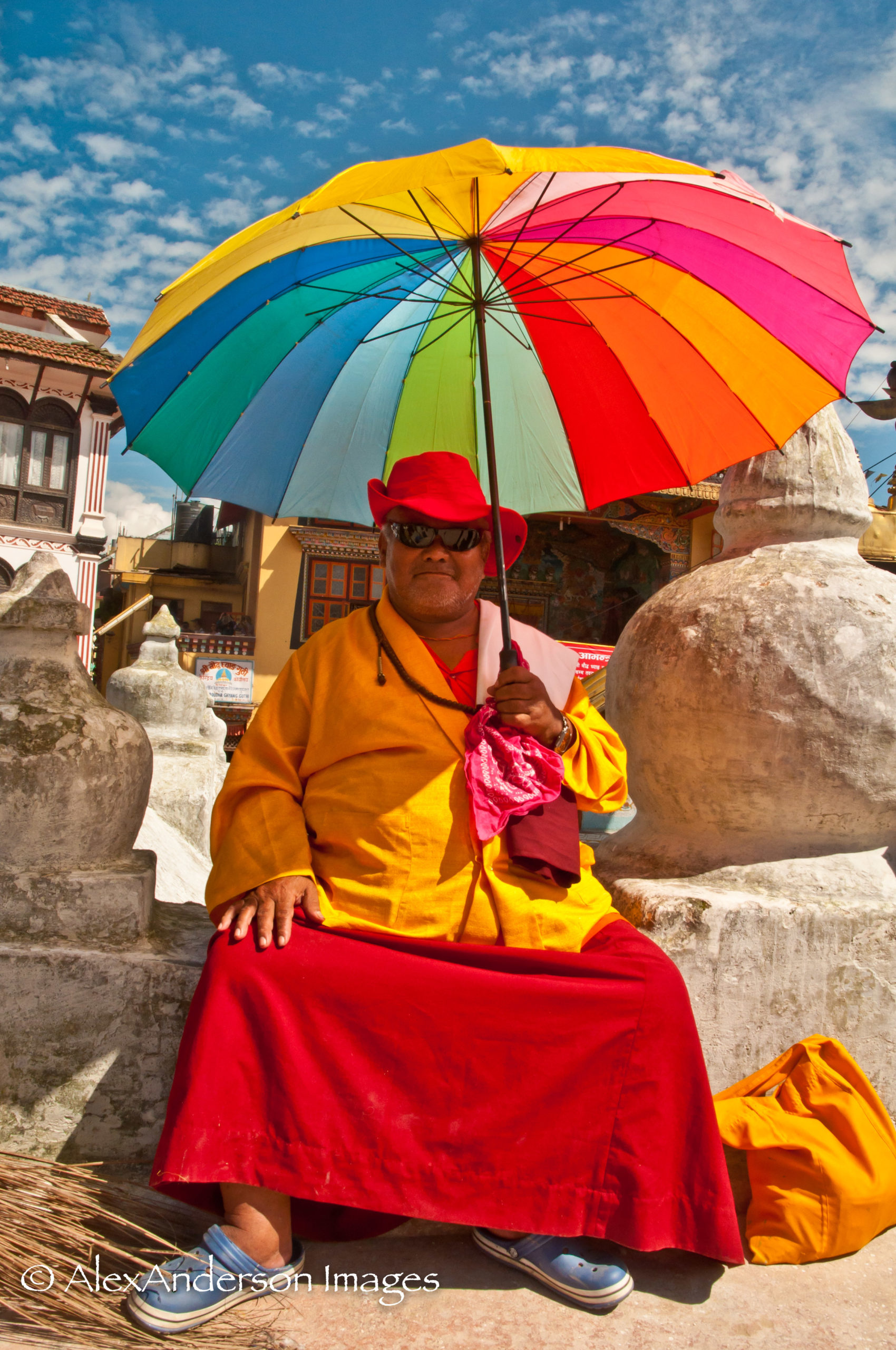
gone to the forest
Br. Ngawang Tenzin (Dr. Alex Anderson)
